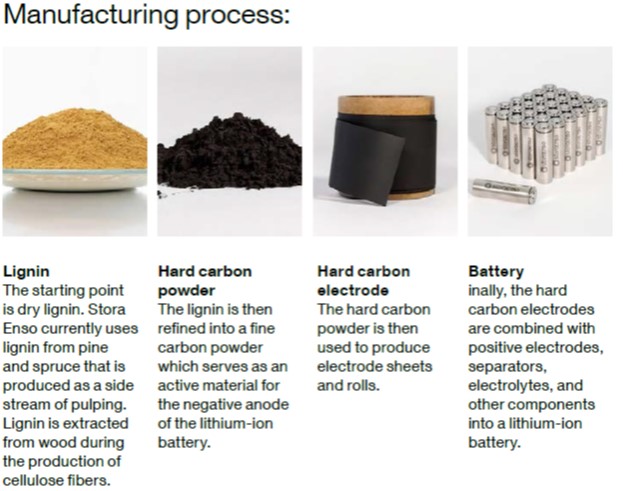Written By Joshua VanBrakle.
Posted on January 24th, 2019.
Tagged with The Big Decisions, Timber Stand Improvement.
High-grading and diameter-limit cutting are two common logging practices. They provide short-term income, but they damage your woods in the long run. Avoid them in favor of “worst first” forestry.
A high-graded woodlot in the Catskill Mountains of upstate New York. High-grading and diameter-limit logging provide short-term income but hurt your woods’ earning potential in the long run by leaving only poor-quality trees of low-value species.
“We’ll cut the big ones to let the little ones grow.” Have you ever heard this line from someone who wants to cut trees on your land? It makes sense at first, but as it turns out, this type of cutting is a disaster for your woods.
Two kinds of logging focus on removing the biggest trees. In diameter-limit cutting, loggers remove every tree with a trunk wider than a certain amount. In high-grading, there is no set diameter, but loggers cut the trees that yield the most money. That usually means focusing on the biggest, straightest trees from the most valuable species.
What’s so bad about these types of logging? It has to do with how trees grow. In most northeastern US woods, bigger trees aren’t older than smaller trees. They’re the same age. Bigger trees are bigger not because they’ve had more time to grow, but because they’re better suited for the site. By removing them through diameter-limit cutting or high-grading, you’re getting rid of the trees that have the best potential for future growth and additional value.
Research in New York bears this out. Forest scientists from the State University of New York measured how much faster sugar maples of various sizes grew after the trees around them were cut. They found that the biggest trees (those in a “dominant” canopy position) grew almost 3 inches wider over 15 years, while smaller ones (those in “overtopped” or “intermediate” positions) added less than half that much:

State University of New York researchers studied how sugar maples responded to logging that cut the trees around them. They found that larger trees grew even faster thanks to the reduced competition, while smaller trees continued to struggle.
What does all that mean? It means if someone tells you that cutting your big trees will let your little ones grow, don’t believe them. Yes, those small trees will grow faster if they’re given more light. But they’ll never grow as quickly as the larger, healthier trees you removed.
It gets worse. Since high-grading and diameter-limit cutting remove the best trees of the most valuable species, that leaves you with only poor-quality trees to provide seeds for the next generation. That’s why I describe high-grading and diameter-limit cutting as “shooting the horse that wins the race.” They get rid of exactly the trees you want to keep to grow a healthy, productive woods in the future.
What should you do instead of high-grading or diameter-limit cutting? Rather than remove your best trees right away, instead cut poor-quality trees growing around those valuable trees. That will give your best trees room to grow bigger and faster. By taking this “worst first” approach to logging, your woods will gain, not lose, financial value in the long run.
You should also consider working with a professional forester whenever you log your property. We’ve laid out a six-step timber harvesting process, including how to find a good forester, here on MyWoodlot.






